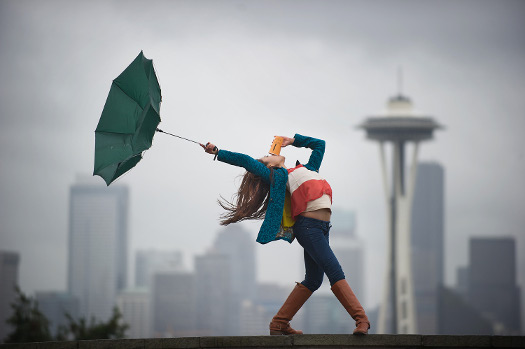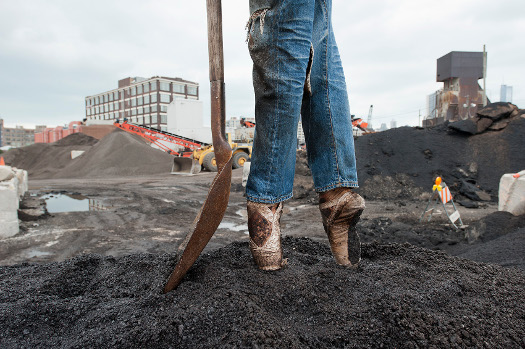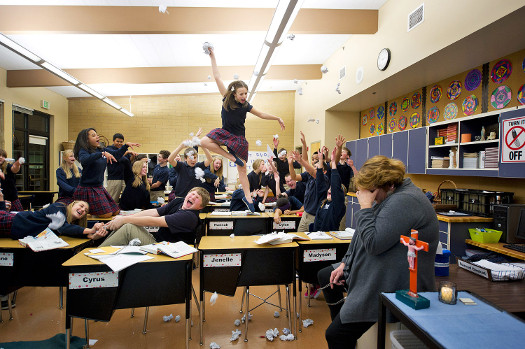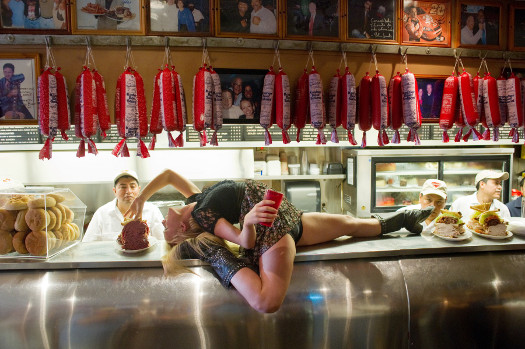ISO 409,600!?
If you were into photography at all during the film days (yes, technically the film days are not over, but come on… it’s a niche at best these days), you are probably familiar with ISO, the standardized measurement of film speed. ISO 100, 200, and 400 were all rather common, but film realistically topped out around ISO 16oo. There were some 3200 and 6400 films, but for the average user, 1600 was the limit.
As we venture further down the path with digital photography, the ISO system is coming with us. It’s now rather common for a low-end camera to be perfectly usable at ISO 6400. And if you look to what is happening on the high-end, it’s getting crazy. We saw the 110K mark cracked in 2009 with the Canon 1D Mark IV and Nikon D3s both hitting ISO 102,400. In 2011, Canon’s 1D X took it to ISO 204,800. And now, Nikon’s latest, the D4s, has a staggering ISO 409,600.
Granted, you are not getting a great photo at ISO 409,600. But you are getting a readable image. You can see an example of just what ISO 409,600 looks like at Fro Knows Photo. While it is really cool that 400K even exists, the interesting takeaway from that post is in the ISO 25,600 photo. That’s perfectly usable, and has us looking at a realistic four stop gain over comparable film cameras. It’s cool living in the future.
DIY Macro Snowflake Photography
These macro shots of snowflakes are amazing. They are the work of Russian photographer Alexey Kljatov. Part of the fascination for me is that we’ve all heard the old adage that no two snowflakes are alike, but we rarely see the crazy forms that the saying comes from. And crazy is a good way to put it. I had an idea in my head about what snowflakes look like up close, and some of them actually fit. But some of them are completely out of the realm of what I had even considered. I’ve added two here, but you should definitely head over to Kljatov’s flickr site to see them all.
As if that wasn’t enough, this story gets better. Kljatov also has a post on his blog showing off the system that he uses to capture the images. There are no fancy high end cameras and big dollar lenses at work here. These amazing shots are made using a point-and-shoot camera, an old lens, a piece of wood, and duct tape. It’s a brilliant bit of DIY ingenuity. Have a look at it here, and read a detailed description on the blog.
Classic LEGO Photography
Here’s a bit of fun for your Tuesday. Mike Stimpson has a fondness for taking photos of LEGO. That might seem an odd hobby, but he is really good at it, and the results are very fun. A recent series finds Stimson recreating classic photographs in the LEGO world. The shot at the top is his version of Charles C. Ebbets’ ‘Lunch Atop A Skyscraper’, as seen below. You can see more from the series in this flickr gallery and at MikeStimpson.com.
Dancers Among Us
Dancers. Dancing. In the everyday world. That is what we find at the heart of Jordan Matter’s book of photography, Dancers Among Us. The project drops dancers, in mid-performance, into everyday situations. It’s a very simple idea, executed exceptionally well. And some of the results are amazing. I’ve picked four of my favorite images here. You can click them to see the full size versions. And if you like that, head over to the Dancers Among Us website for more. And while you are there, be sure to read the Artist’s Statement to learn how the project was inspired by Jordan’s son.
1939 to 1944, in color!
This is really cool. Generally we see the time of the Great Depression and World War II in black-and-white. That was the more prominent technology of the day. But color photography did exist, and was being practiced by the Farm Security Administration and the Office of War Information. Now, thanks to the wonders of the internet, a lot of those photographs are available to us. The Library of Congress Prints and Photographs Division has digitized the original color transparencies and they are making them available on flickr. These are just a few examples. You’ll find over 1600 more at the flickr site.












